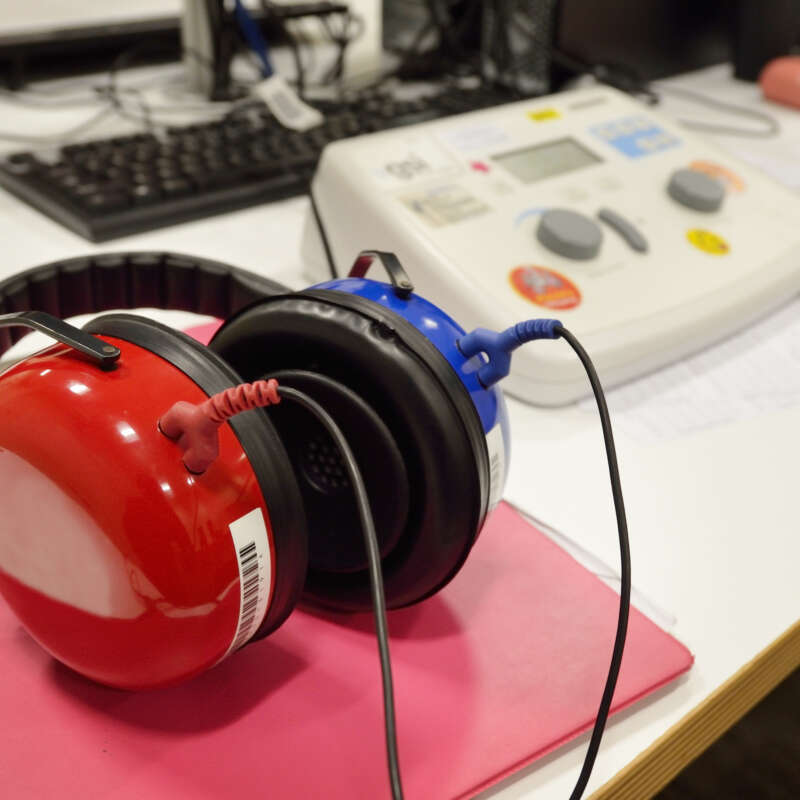We constantly stress the importance of occupational health and safety at an industrial construction site, as well as a general industry setting. The main difference between occupational health and safety: safety hazards are more easily recognizable because you can spot them with your own eyes, where health hazards are sometimes disguisable until long-term effects cause major problems.
One of those long-term health hazards is hearing loss from noise exposure. Noise-induced hearing loss in the U.S. is the most common work-related illness. Thirty million U.S. workers are exposed to noise loud enough to damage their hearing.
Construction is Noisy
Construction is noisy. Depending on the scope of work, typically sites that require building or demolition are populated with equipment, vehicles, and not to mention, a lot of disturbance. Noise hazards are “overlooked” on sites because personal protective equipment solutions such as earmuffs have a reputation of being “annoying,” slow down progress, and are notorious for being an “obstacle” for communication. Though the “excuses” may be short-term complaints, the hazardous effects are long-term and sometimes permanent.
What are the Major Health Effects?
Health effects from working in an area with noise pollution ranging from minute to major:
- Sleep disturbance
- Balance impairment
- Depression
- Cardiovascular Disease
- Hypertension
- Tinnitus- a constant “ringing in the ear” which is incurable
- Hearing loss
- no cure
- reduces the clarity of sound, not just volume
- hearing aids are not always effective
- strain on communication & relationships
- isolation
- loneliness
- depression
- loss of memory
- contribute to safety hazards
- i.e. operating/hearing vehicles/driving, warning signs
Audiometer Testing
If there is not a curable solution for hearing loss, how do we detect hearing loss in order to prevent it? You cannot properly detect hearing loss without a hearing test.
Amerisafe Group’s Occupational Health Department offers Audiometric Testing Services for clients, nationwide. Our portable audiometer machine has the capability to merge previous baseline data with annual noise testing information.
Common Trades Affected by Hearing Loss
- Construction
- Carpentry
- Power Tool Operation
- Heavy Equipment Operation
- Saw/Drill/Grinder Operation
- Iron Work
- Sheet Metal Work
- Welding
- Landscaping
- Residential Construction
- Sand/ Abrasive Blasting
Noise Can Hurt More Than Your Ears!
What controls are used to plan ahead and prevent noise hazards? Think about the following questions:
- What tasks are likely to create high noise levels?
- What are the expected noise levels?
- Noise levels can be measured using a sound level meter or a smartphone app
- How long will the task take? Perform a noise clock comparison
- Where will the tasks be performed?
- What type of hearing protection will be needed?
Once you’ve answered the above questions, create an occupational health and safety program or call Amerisafe Group’s Occupational Health and Safety Consultants to develop one for you. Our experts will create a custom program tailored to your site-specific, or workplace needs.
Educate your supervisors and workers about hearing loss, job-specific noise levels and procedures to control noise. Be a responsible employer! Provide proper PPE such as earmuffs or earplugs if overexposure should occur according to your preplanning questions answered above.
Audiometric Testing Systems
For more information regarding Audiometric Testing Services, please visit our Occupational Health Services webpage.








